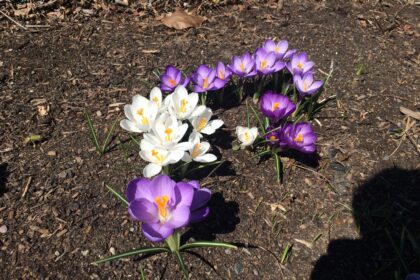Death rehearsals are a category of death contemplation that is not well-represented in the Theravadin Buddhist world. The idea here is to vividly imagine death – to practice it and become familiar with it. Here is a graphic example of instructions from the Hagakure:
The Way of the Samurai is found in death. Meditation on inevitable death should be performed daily. Every day, when one’s body and mind are at peace, one should meditate upon being ripped apart by arrows, rifles, spears, and swords, being carried away by surging waves, being thrown into the midst of a great fire, being struck by lightning, being shaken to death by a great earthquake, falling from thousand-foot cliffs, dying of disease or committing seppuku at the death of one’s master. And every day, without fail, one should consider himself as dead. This is the substance of the Way of the Samurai.
Death rehearsal is also a common element in some Tibetan practices. Phowa is a non-violent but vivid practice involving rehearsal of dying. Chod is also a form of death rehearsal that works vividly with clinging and fear, transforming the difficult emotions that come up around death into fuel for spiritual practice. Less overtly, tummo is a practice experience for energetic experiences that occur upon dying, while dream yoga is a rehearsal for the mental experiences.
It should be noted that the graphic and violent methods of dying are not strictly necessary for death rehearsal to work. Violent imagery is fitting in the Way of the Samurai, however, because the point was/is to practice for the violent death of a samurai. If you’re interested in death rehearsal practices, you can practice whatever kind of death you feel you’re likely to have. If you’re like me, this’ll eventually become an adventure (“oh–what would it be like to die like that today?”). Or, if you’re interested, you can get trained in a Tibetan practice.
In their simplest form, death rehearsal practices work with fear and other emotions that arise around death. Like the contemplation of death as ever-present, the idea is to exhaust the fear and other feelings in awareness — to work through them until death is familiar, uncomplicated. Until it becomes a neutral or friendly companion. This eventually leads to tranquility, and death rehearsal practices could be considered samatha practices, at least in their non-elaborate form. (In more elaborate forms, such as the Tibetan practices mentioned above, they still have samatha elements, but have other secondary benefits.)
Regarding climate change, death rehearsal can also be useful for working with fear and dread about the climate. One can imagine (rehearse) the loss of ecosystems, the death of species, loss of arable land, the bleaching of reefs, and the gradual end of life on the planet, etc. Why? In order to work through all the feelings ahead of time, same as why one would rehearse one’s own death. In fact, this kind of maranasati was the first I’d heard about in connection to climate change. Once you’ve worked through all the fears and complications, you can respond freely to the situation without hindrance, just as a samurai can fearlessly respond to battle.


